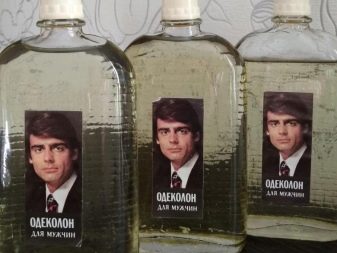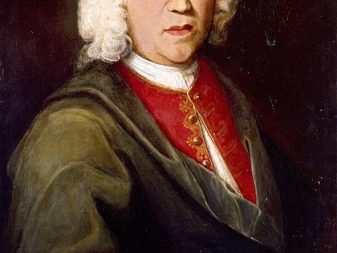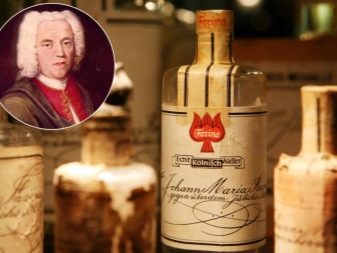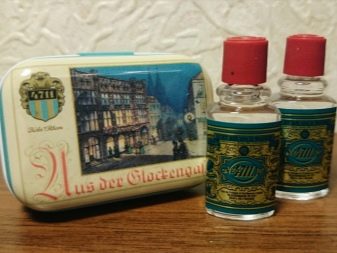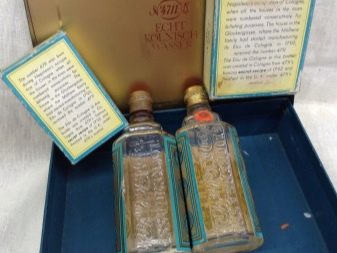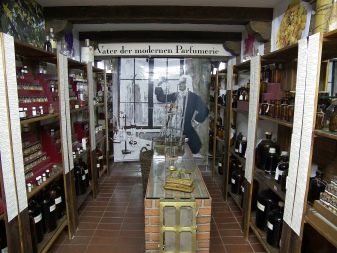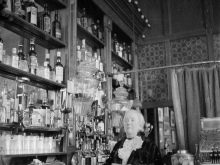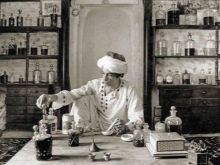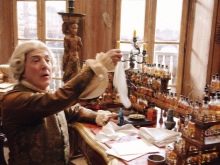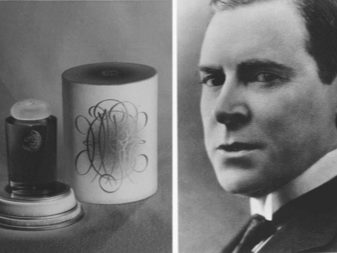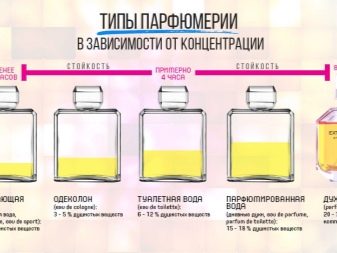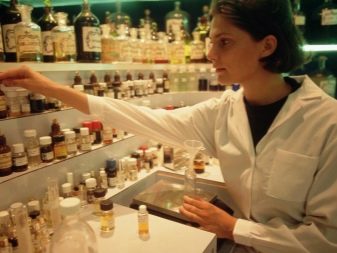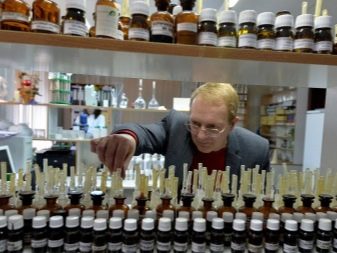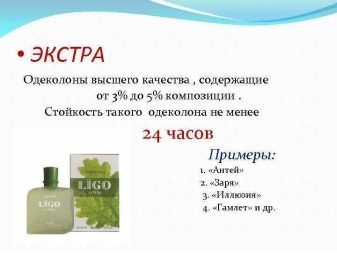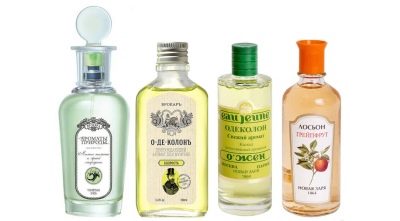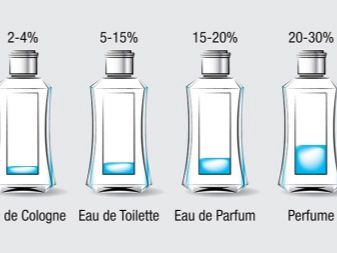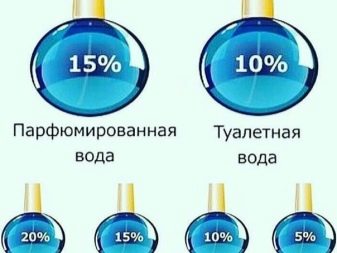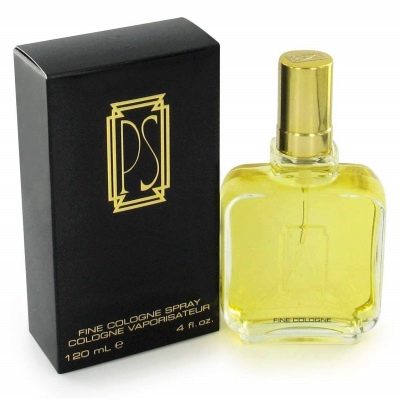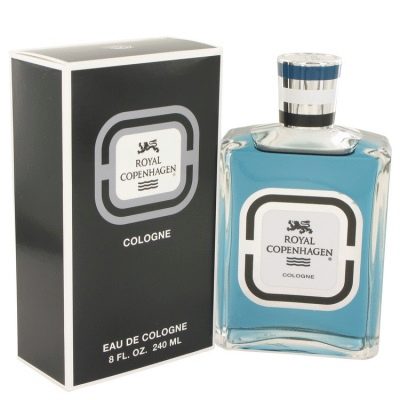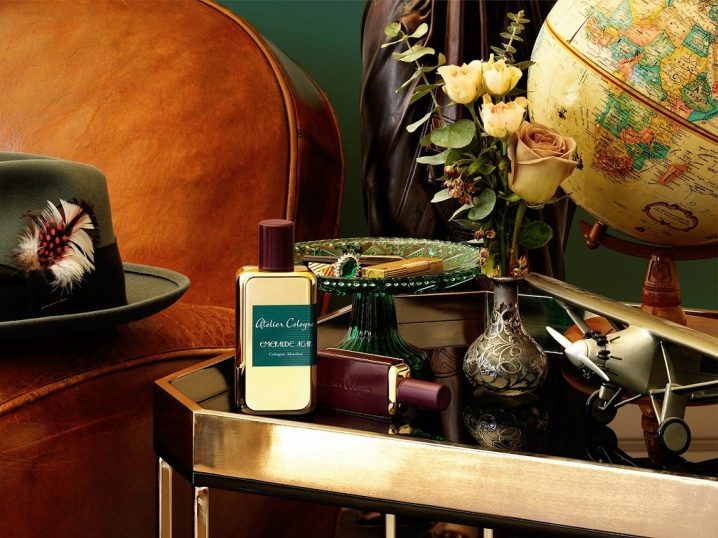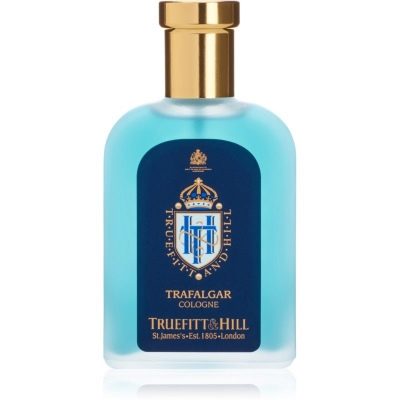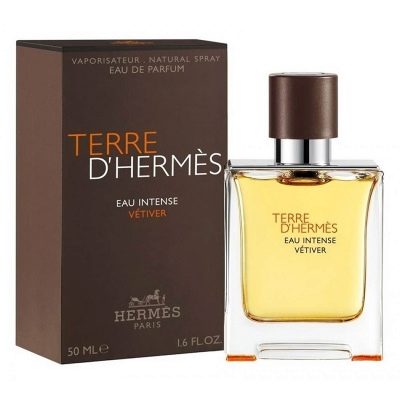Features of cologne
History knows more than one example of an exclusively military invention that has taken root in civilian life - moreover, that has become in demand for completely different purposes. And there are things that would not have become known if not for the tragic military events. An example of such an invention is cologne.
What it is?
The author of the first cologne is the Italian perfumer Johann Maria Farina. He spent a lot of time on his work, carefully checking the composition, looking for valuable ingredients and the most accurate proportions. As a result, the perfume product consisted of citrus and cedarwood oils, as well as bergamot and fragrant, delicate herbs. In those days, the Italian perfumer lived and worked not at home, but in German Cologne. There was no need to puzzle over the name of the author's product: Farina called it Eau de Cologne, and if translated - "Cologne water".
And a commercial miracle happened, this eau de parfum was a great success, because in gloomy and rainy Cologne there was so much lack of warmth, spring, sun. And in the composition of Farina's product there were notes of spring, real flowering, awakening. One way or another, but these aromas caused the most pleasant sensations and emotions in people. On the market in the city of Cologne, the cologne became a hit, but so far it was still a local fame.
Perhaps the composition developed by Johann Farina would have remained nothing more than an urban memory if it had not been for the seven-year war that began in 1756. It was a truly enormous event, which Winston Churchill later called upon to be called the true First World War. It was joined by Europe, North America and the Caribbean, as well as part of the Asian region and even some wild tribes from the distant Pacific islands.
As it happens with an impartial history, wars, undoubtedly, destructive, inhuman, bloody latently carry some kind of progressive grain. While the war was going on, the borders of states, if not blurred, were significantly shaken. In addition to soldiers and weapons, discoveries began to travel the world: technological, cultural, etc.
During the war, the French army rushes into Cologne in triumph. The soldiers, who, in addition to war, are interested in peace in all its delights and pleasures, quickly took a liking to Johann Farina's shop, where they produced the very same cologne. Moreover, they have been producing them for almost 50 years. They liked this exquisite product and emptied all the store's supplies.
So a cosmetic product from one European point was distributed to different countries and regions. And in the capital of fashion, Paris, cologne was also appreciated and, of course, decided to repeat it.
Nobody knew the original recipe, and the perfumers were guided only by their intuition, sensations, and professional knowledge. If you do not idealize what was happening at that time, it is obvious that the cologne was not just a pleasant water, it was a tool that helps to abstract from sewage odors, the stench of stables and other sanitary and hygienic imperfections of the time. The quality of the product, its durability, perfumers had to improve, therefore, to raise the cost. And then the soldiers could not afford such a product.
So gradually "Cologne water" became available to the nobility and aristocrats. In Russia, the first batch of cologne ended up as a gift to Catherine II from Frederick II. Water did not reach the soldiers in any form, but immediately became a privileged product. And Bonaparte himself took part in the subsequent popularization of the cologne.
Interestingly, he was ready to use water even inside, believing that it is also useful.He diluted cologne with wine, and from time to time took it, sharing it with his associates.
In the middle of the 19th century, the demand for "Cologne water" did not fade away. But now things were better with sanitation, and the cologne became an aromatic bonus to the appearance, rather than water to mask unpleasant odors. The first Russian cologne was the cult "Triple", it used three key ingredients - nerol, lemon and bergamot. After the revolutionary events of 1917, the cologne went to the masses, and after the "Triple" the popularity was won by the "Chypre" by François Coty with a weighty smell of oak wood and even notes of moss.
Composition
Until now, citruses are considered the main ingredient in classic cologne. Orange, grapefruit and lemon were not replaced, but they were diluted with yuza, lime and other exotic products of this series. They were considered especially popular in the summer, since at that time the relevance of expressive fragrances was higher.
Today, colognes are called aqueous-alcoholic solutions of perfume compositions, either with a floral scent, or with a fancy one. The percentage of alcohol in the product is 60-70, and the content of essential oils is up to 5%. Today, cologne is positioned as a hygienic, refreshing and aromatic agent. This is a universal representative of the perfumery world, which, by the way, is used not only by men, but also by women. For everyday use, it is really good.
Experts believe that the quality of a cologne greatly depends on the alcohol on the basis of which it is produced. And also on how the essential oil is dissolved in it. If the first "Cologne Water" was made on the basis of potato alcohol, then modern cologne often turns to ethyl. Alcohol mixed with essential oils is infused for a long time - on average, six months. And if this is a cologne of an expensive segment, then alcohol and oils will be infused for at least a year.
Now colognes are divided into 4 groups:
- A - contain from 3 to 5% of the composition, their durability is equal to at least days;
- B - contain from 3 to 4% of the composition, and the persistence of the aroma has no norm;
- B - from 2 to 3% of the composition, non-standardized durability;
- extra - from 3 to 5% of the composition, durability over a day, artistically decorated.
The so-called pure colognes are composed of citrus pyramids, adorned with a very light, subtle floral flair or unobtrusive woody shades. In floral colognes, the floristic theme is revealed more vividly, it is either a mono chord of one flower, or various plant notes. Most often, women use such colognes. Fantasy compositions are based on several family groups.
What is the difference from eau de toilette?
Sometimes it is believed that cologne is an outdated term and is used only for relatively cheap perfumes. But this is too biased and imprecise description. The perfumery product, which was invented by the Italian master Johann Farina, differs from eau de toilette and perfume in the concentration of alcohol and aromatic components. In cologne up to 70% alcohol, it is the lightest perfume, not really long lasting. There are only up to 8% essential oils in it, and this is a maximum of 3-4%.
In eau de toilette, the concentration of aromatic substances reaches 10%, and they are already dissolved in alcohol, the strength of which is 80-90 degrees... The scent of eau de toilette is more persistent: it lasts for 3 hours on the skin, but on clothes for a day or more.
Also, cologne differs from eau de toilette in that it is produced in a bottle without a spray bottle. That is, first, the liquid is applied to the hand, and only then with it - skin to skin - on the body. Eau de toilette, as you know, is sold in spray bottles, which is more convenient to apply.
Another difference is that today men use cologne mainly as an after-shave compound. During the day, they do not additionally apply it. But eau de toilette is used regardless of the shaving procedure. Also, special infusions for grinding are often made from cologne, and medicinal herbs are sent there.And such a remedy turns out to be a real salvation in the summer in nature: it scares away mosquitoes and midges. Of course, it is not customary to waste eau de toilette for such purposes.
Cologne is usually a cheap product. This is due to its low persistence and relatively pungent odor. But many people prefer just such a perfume, it fully corresponds to their request, and they don't even think about looking for something better. Moreover, colognes are different, and some are an interesting, modern perfume product that competes with ordinary eau de toilette.
Popular brands
It is interesting how the Italian Farina, who invented the first cologne, saw the future of his invention. He glorified a German city with his help; today, different countries produce worthy colognes.
Among the famous brands, we note the following.
- Paul Sebastian PS Fine Cologne. Suitable for those who are tired of sweet smells and want something cool and resinous, with the bitterness of sage and always with nutmeg. Rose, jasmine, ylang-ylag are also added there - ingredients that are revealed only after a few hours. The combination of aromas is really unusual, it is considered a persistent cologne, and has a ringing trail. More suitable for older men.
- Lancome Hypnose Homme Cologne. In a spectacular bottle, an elegant and versatile scent in which active citrus fruits are complemented by cedar, coriander, sandalwood and lavender. Soft sillage, medium durability and refreshing effect - this is the visiting card of the fragrance.
- Royal Copenhagen Cologne. This Danish retro fragrance is very popular, it is considered a delicate composition with diverse components - lavender, spices, herbs, citrus fruits, honey, tobacco, rose, jasmine, etc. When the first notes weaken, it becomes less harsh. The composition is not very complicated, but the price of the cologne is not particularly high - all the same.
- Atelier Cologne Emeraude Agar. A citrusy plus woody, male-flavored fragrance. You can even call him cocky, you can't go wrong. It has a rich sillage, sufficient durability, a warming scent and excellent release characteristics on warm skin.
- Truefitt & Hill Trafalgar Cologne. A spicy cologne with aquatic accents. The bottle is ordinary, but it makes you feel that there is something cool and refreshing inside. At the beginning of the pyramid there is lime, rosemary, lemon, in the heart - jasmine tea, herbs and lavender, and in the base - a spicy peppercorn. A very unusual scent with an unobtrusive trail, versatility and disclosure on both warm and cold skin.
- Hermes Terre D'Hermes EDC. If you like scents associated with India, this cologne will hit the target. Pelargonium and black and pink peppers are replacing the pomelo and orange. Patchouli, benzoin and vetiver are felt at the finish. The scent is truly legendary. The smell is distinctive and versatile, quite persistent.
By the way, you can often hear about dry cologne, which is very sparingly consumed. You just need to run your finger over its surface and apply to the pulse zones: neck, wrist, and elbow bends. This cologne has a shorter shelf life than a standard product and can melt in the heat.
Nuances of choice
In cologne, as already noted, the lowest concentration of aromatic substance, that is, initially looking for this perfume according to the principle of persistence is not an option.
How to choose a cologne?
- The first and foremost rule is that you choose cologne only for yourself. It will be very difficult for another person to guess with the scent as a gift. Only a really close person can cope with such a task. And it makes no sense to try how the fragrance will sound on your skin. Yet the fragrance is revealed differently on each skin.
- If the choice is for yourself, the composition must be applied to each wrist. This will give an understanding of the sound of the aroma. Just sniffing the probe is not an option. Neither is it worth evaluating the aroma using sample pieces of paper, which are often distributed in supermarkets by promoters.Only the top notes remain on these pieces of paper, that is, you will not be able to fully feel the aroma.
- The smell changes within a few hours. And only after this time can you truly appreciate the aroma.
- Small bottles should be purchased for beginners.
- To prolong the life of a fragrance, it must be stored properly. Not in a bathroom with its temperature fluctuations, not on a windowsill under persistent sunlight, but in a cool, dark and dry place.
- You don't need to rub cologne into your skin (like any other perfume). Oddly enough, this will break the molecular bond, and the aroma will be weaker.
- Also, the cologne must be applied correctly. Do not spray yourself with it, but, pressing the opening of the bottle with one finger, carefully tip it over. Apply to those parts of the body as indicated above.
Smell is a very strong feeling that is associated with memory, emotions, associations. And wearing a scent is one of the ways of self-presentation.
By the way, the use of perfume develops the brain, because the olfactory abilities are also training of the sensors. And even if this is not an expensive eau de toilette from the best perfume house in France, but a simple cologne with an interesting composition.


